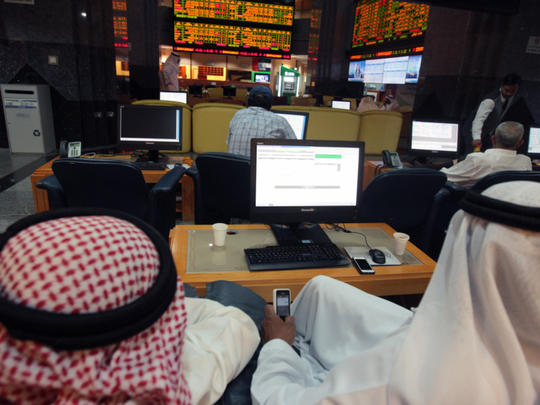
In recent weeks, multiple stock markets recorded sharp improvements that brought some, such as the Dow Jones index, to their pre-COVID-19 levels. The majority of European and Asian markets made varying degrees of gains, and which quite naturally have set off questions in investors’ minds.
In the Gulf, the dominance of banks, insurance companies and real estate companies on the stock markets have made them extremely vulnerable to sudden shifts in investor fund flows taking global cues. What compounds this is only a limited number of industrial companies and those in pure technology.
This could lead to greater damage to the value of Gulf markets whenever exposed to economic shocks or value deterioration, similar to what happened during the global financial crisis in 2008 and which happened during the current pandemic.
Need for more
Sure, Gulf markets do have some industrial and energy heavyweights, such as SABIC, ADNOC Distribution and Alba Aluminum in Bahrain. The market value of SABIC, for example, is equal to more than 50 percent of the total market value of all companies listed on Qatar’s stock market. The listing of Aramco has also lent considerable clout.
Double dip
Gulf companies and economies have had to deal with the pandemic fallout as well as the continued deterioration in oil prices, and which accelerated after the pandemic. Thankfully, oil prices have regained some ground but still remain 30 per cent lower than pre-COVID-19 levels.
As a result, the level of domestic liquidity has plummeted, especially as Gulf financial markets are currently suffering from a lack of liquidity, also partly brought on by the partial withdrawal of investments by investors seeking to cover their portfolio gaps in other regions.
A need for some QE
Developed countries have deployed quantitative easing to support domestic liquidity when it became clear that asset erosions would run deep. But this tool is not widely put to use by Gulf countries.
The third factor relates to the performance of listed companies themselves, most of which announced profit declines in the first nine months of 2020, or even gaping losses.
This resulted in investor pullback, especially since the expectations are that these losses will deepen further due to the continuing economic slowdown and banks make more allocations in exchange for bad and doubtful debts.
These run contrary to the assumed reality, where prevailing low-interest rates are supposed to lead a significant diversion of investments into stock markets. Yet, this did not happen and increasing the uncertainty for the foreseeable future.
Waiting for the next push
Gulf markets are now puzzling over whether the possibility of a rise in oil prices to $60 a barrel would enhance domestic liquidity as well as the resumption of some non-oil economic activities to previous levels.
It will get better if banks overcome the allocation issues that will exhaust them for quite a while. Besides, the real estate sector, which plays a significant role in supporting GCC markets, needs to be reorganized.
It is thus useful to repeat the call for a restructuring of Gulf stock markets to make them more diversified in terms of sectors represented and thus avoid or limit their losses in the future.
- Mohammed Al Asoomi is a specialist in energy and Gulf economic affairs.








